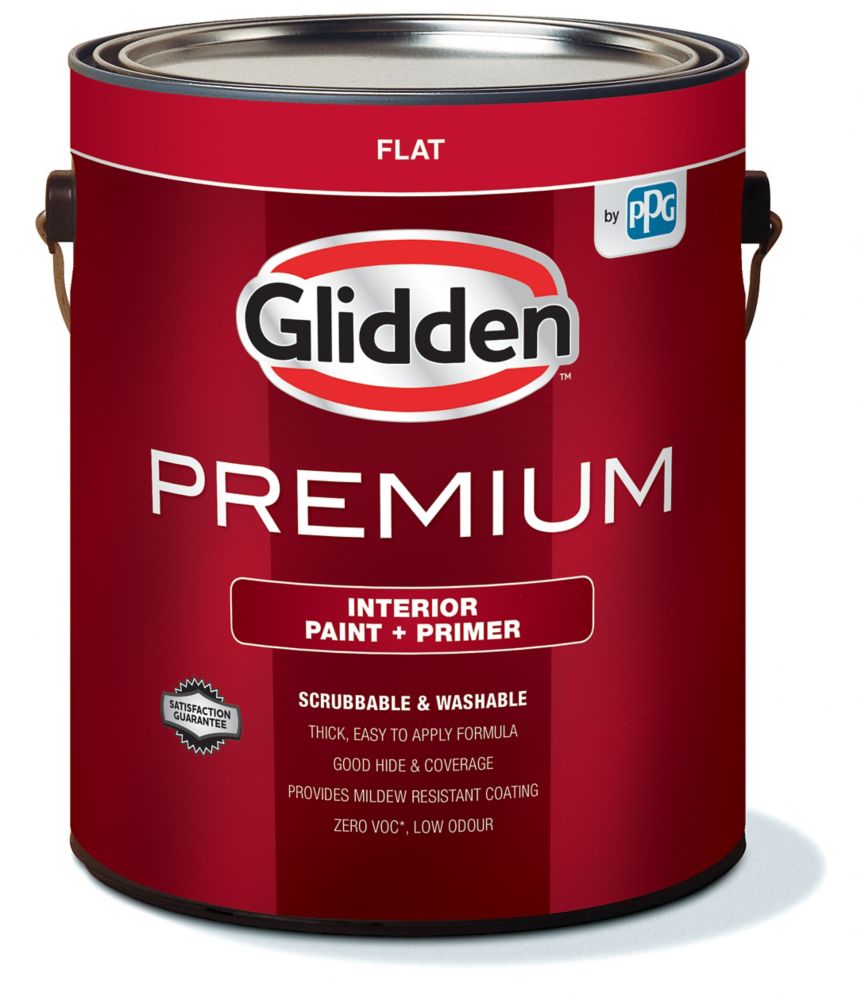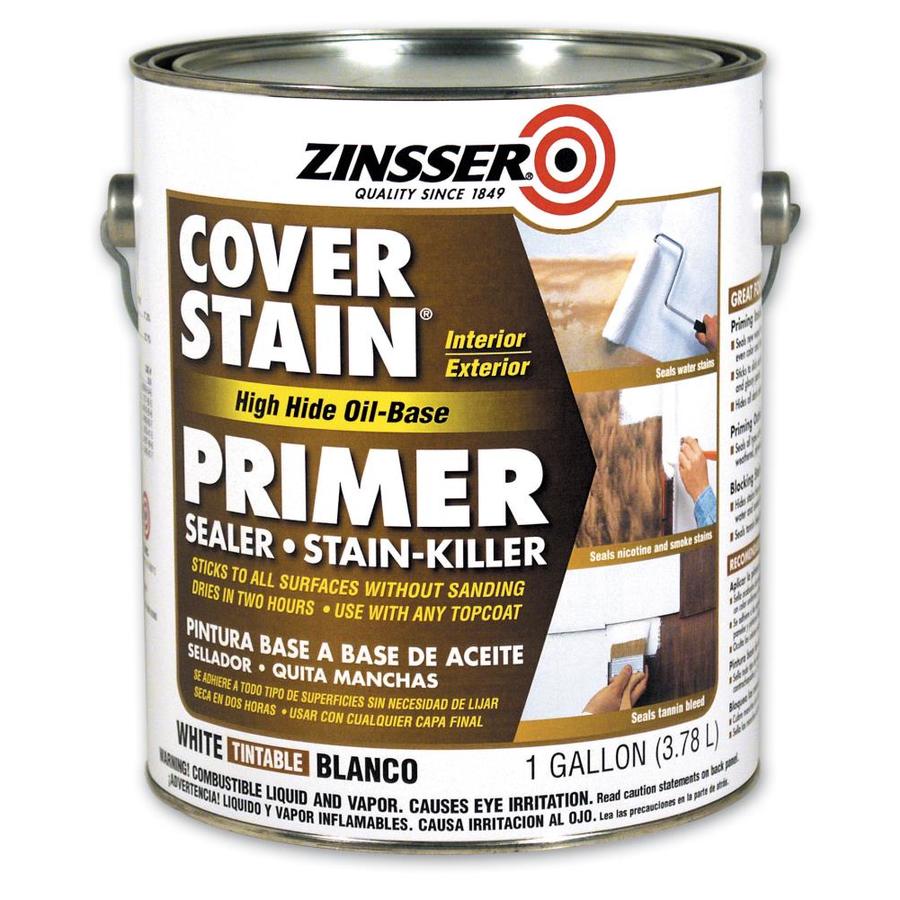

Improper reducer/too much reducer: Again, your choice in reducer and hardener plays a key role in your final finish.When struggling with runs, sags, or curtains on an automobile, there are some likely culprits. Whether on the side of a vehicle or while repainting a kitchen or bathroom, we’ve all probably dealt with paint sags or runs at some point. Making adjustments to the gun settings may also help. If orange peel is significant, sand out imperfections and reapply paint using properly reduced material, air pressure, and technique. If orange peel is minimal, sand out the texture in the dried paint film with a fine grit sandpaper, then compound and polish to restore gloss. Poor technique: Any number of factors, including the position of the gun tip, the speed of the pass, the degree of overlap between passes, and the distance of the gun from the panel, can lead to orange peel.Also, insufficient air pressure at the tip of the gun can prevent paint material from properly atomizing, keeping it from flowing out to a desired appearance. Gun troubles: Make sure to use the correct spray gun, fluid tip, and air cap for your application.Improper use of reducer: The wrong reducer for the conditions can cause solvents to evaporate too fast, allowing the paint film to dry before the material has properly flowed out to the desired appearance. Make sure to use the right reducer for the temperature and conditions in which you are working.This includes preventing the paint from flowing to an even film before drying.
THICK PRIMER TO COVER WALL IMPERFECTIONS FULL
Excessive film thickness: Again, applying too much material in full wet coats can cause issues.As the name suggests, orange peel is a condition in which the dried paint has an appearance or finish similar to an orange peel.

This is one of the most common conditions we hear mentioned when people talk about painting their own vehicle. Avoid the same mistakes by keeping the common causes above in mind. Once cured, you can sand out any imperfections and reapply the paint. You’ll need to allow the paint film to cure completely.
THICK PRIMER TO COVER WALL IMPERFECTIONS HOW TO
Find out how to avoid (and fix, if necessary) these seven common paint maladies and tackle your next paint job at home. And neither does your fear of painting your own hot rod or truck. We’ve also included some basic information on how to fix these conditions.īad paint doesn’t have to be permanent. In conjunction with the experts at Kirker Automotive Finishes, we’ve put together a list of some of the most common paint mishaps and how to avoid them.

The good news is they’re all avoidable and fixable. Orange peel, wrinkling, paint curtains-these are all conditions that can ruin an automotive paint job. Most likely, though, people just get scared off by bad paint. Maybe it’s the thought of doing inadequate prep work…the fear of mixing the materials improperly…or just the lack of patience to put in the necessary time. Yet, many of these same people are intimidated by doing their own paintjob. Others can practically rebuild a transmission in their sleep. Some people have no qualms about tearing into an engine.


 0 kommentar(er)
0 kommentar(er)
